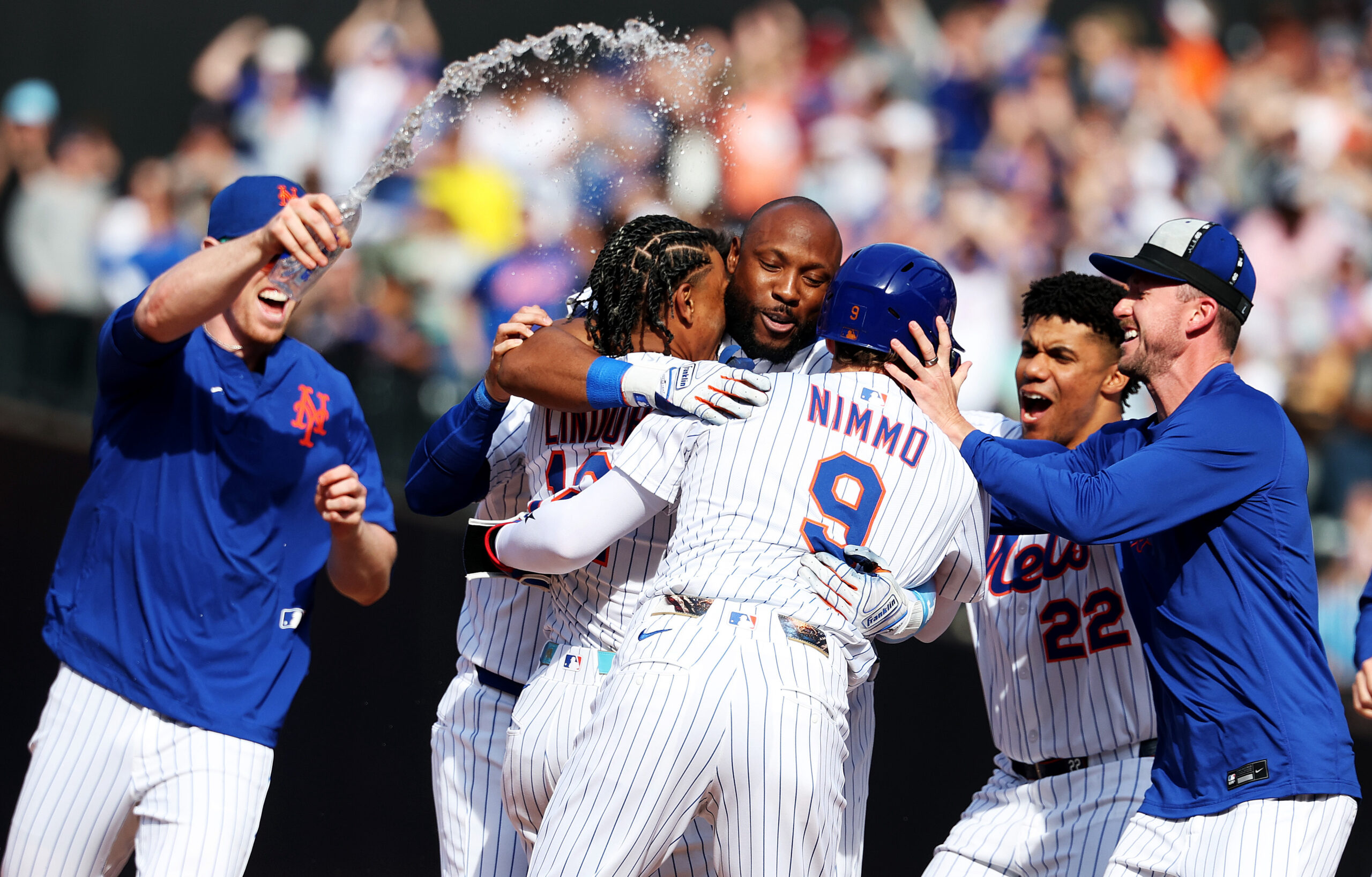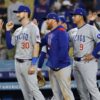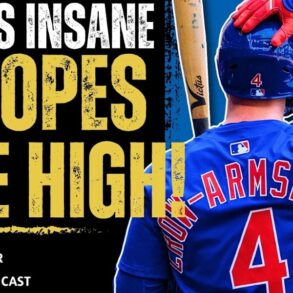
It is possible to accurately calculate the Philadelphia Phillies’ record based only on the current state of the team’s NBC Sports Philadelphia postgame show, but doing so requires context: It is late April, and the Phillies have just gotten swept by the Mets, who, in the interest of not burying the lede, currently have the best record in all of Major League Baseball; and we are talking about Philly local sports media. So while, say, a 10–15 record would be a perfectly reasonable guess for the day after a postgame commentator asks if it’s “time to sound the alarm,” astute advanced models will be sure to recalibrate to a much more average 13–12. Which happens to actually be the team’s record! Congratulations to all parties involved.
John Kruk, Phillies color commentator and noted voice of reason, tried his best to slow the show’s roll. “I don’t know how you make up three games in 130 games left, or 130-something games left,” he said on Tuesday night, sarcastically, in response to the sound-the-alarm question. “It’s going to be tough when the season’s winding down like it is.” (At the time, the Phillies had 138 games left to play.) He continued, “My God, what are we talking about?” An excellent philosophical question, as initially posed by Raymond Carver: What do we talk about when we talk about late-April baseball?
The early-season hand-wringer insists that a win early is worth as much on the record sheet as a win late, the same way that an early-inning run counts as much as a late-inning run. There is a contradiction there with the industry’s persistent faith in clutch and momentum—in terms of Win or Playoff Probability Added, the time of an event does matter—but that never stopped a hearty fretter from having it both ways. Late April is perfect for this sort of thing. It is too late for feverish Opening Day viewing; too soon for the air-conditioned ennui of watching three mid-June games in a row. It has broken away from the very worst of early-April sample size fun, but not far enough to indicate any real trends. Now it’s allergy season: Everything matters, and it’s annoying, as long as you’re the chump sneezing.
The Phillies are, currently, the chumps sneezing. Wednesday’s game was a spiritually closer affair than the first two games of the series, thanks in part to the soothing effects of a Zack Wheeler start. With the game tied 2-2 in the eighth inning, Nick Castellanos—who has not (yet) experienced the post-Pope’s death surge some expected—tried to score from second on a Max Kepler single. He was thrown out at home to end the inning by new Mets acquisition Juan Soto, who clearly decided to become a defensive player this game in the face of his tragically declining offense. (Soto will be fine.)
In extra innings, Castellanos managed to redeem himself by hitting a single against Edwin Díaz and a drawn-in infield to score the ghost of Bryce Harper, who’d stolen third base. Then in a cruel echo of his initial folly, Castellanos was held up at third after Alec Bohm hit a single toward Soto; Castellanos ended the inning there, unable to tag from third on a couple of shallow fly balls.
Soto didn’t manage a hit in extra innings, but it didn’t really matter. Pete Alonso scored the ghost runner with a double, and Starling Marte scored Alonso with a bloop single. With their win, the Mets claimed not only the best record in all of MLB (18–7), but also the slightly-hacky-but-within-bounds statistic of posting their best home record to start a season (11–1). Their win streak is up to seven. They have, at least temporarily, unseated the NL West at the top of the standings, though the Padres, Dodgers, Giants, and Diamondbacks still round out the top five. Do not look for the Colorado Rockies.
With the Braves still hampered by injury, and the Phillies beginning to feel some luxury tax woes, it is the Mets who have come out on top in their little NL East trinity of hate. And for all that magic defined the start and the end of the Mets’ postseason run last year, this year’s roster is straightforwardly good. Francisco Lindor was a bona fide MVP candidate (depending on your belief in the concept of defense) last year, before Shohei Ohtani went nuclear. The pitching has been the strongest part of the Mets’ early season; the Clay Holmes starter experiment has been going pretty well, and Kodai Senga is healthy for once. And the Mets have managed all of this so far with Soto off to a slow start. For all that corrections may be in the offing, imagine what the team will look like when he gets going. Even PECOTA has begrudgingly shifted from the Braves to the Mets as the NL East favorites—it starts getting real when there are some numbers to get excited (or filled with dread) about.
The flip side to allergy season baseball is that it’s much better when you aren’t dripping all over the place. No need for postgame show meltdowns. A winning streak is much easier to take at face value than its opposite: an accomplishment that matters, no matter what it might or might not say about the rest of the season. The Mets almost certainly will not win 116 games this season, as they are currently on pace to do. But they have a proof of concept, and that, at this point of the season, is all a team needs.
This post was originally published on this site be sure to check out more of their content.







